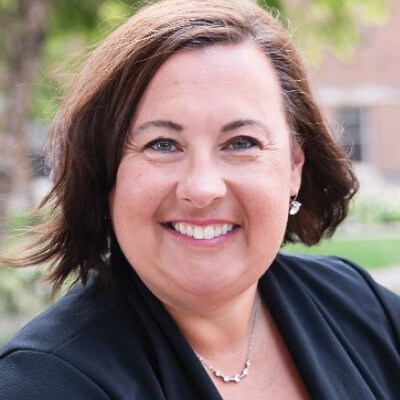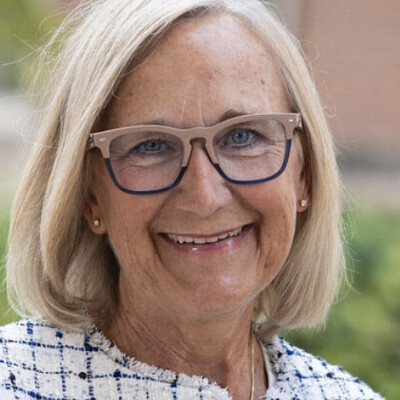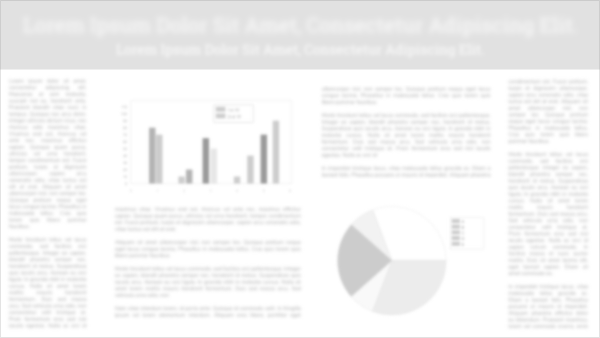Professional Identity and Interprofessional Collaboration in a Medical-dental Integration for Children in Foster Care and Adoption
Objective: As the integrated medical and dental model advances to improve patient care and outcomes, it is important to understand how dental hygienists will identify professionally as part of interprofessional teams. Adoption Medicine is a specialized clinic that cares for pediatric patients with unique needs resulting from early childhood adversity, including unstable housing, institutionalization, neglect, difficulty in accessing appropriate medical and dental care, and various forms of abuse. The interprofessional care team is composed of pediatricians, occupational therapists, child psychologists, and dental hygienists. As part of the dental hygiene curriculum, dental hygiene students completed a clinical rotation at the MHealth Adoption Medicine Clinic.The goal of this medical-dental integration program was to: 1) explore dental hygiene students' perceptions of their professional identity within an interprofessional team, and 2) assess the effectiveness of interprofessional teamwork as observed by dental hygiene students within a dental-medical clinical team.
Methods: This study was exempt from the University of Minnesota Institutional Review Board. Dental hygiene students completed a 35-item questionnaire, which included the Jefferson Teamwork Observation Guide (JTOG) and the Extended Professional Identity Scale (EPIS), to assess the team's collective achievement of interprofessional competencies and the students' interprofessional identity.
Results: A total of 71.4% of dental hygiene students participated in the AMC rotation from January to December 2024 (n=25). The JTOG items most frequently observed were: 1) team members felt comfortable disagreeing openly with each other’s ideas, 2) team members engaged in friendly interactions, and 3) team members demonstrated an understanding of each other’s roles and responsibilities. Additionally, participants reported strong agreement on their sense of interprofessional belonging and commitment within the interprofessional healthcare team.
Conclusion: The pilot program yielded promising results, with dental hygiene students observing core competencies of interprofessional collaboration and developing their interprofessional identity within an interprofessional healthcare team.
Lessons Learned: Dental hygiene students developed a stronger sense of professional identity as part of an interprofessional healthcare team through hands-on experience in a real-world clinical setting. Students observed high levels of interprofessional collaboration, including open communication, mutual respect, and role clarity among team members. Exposure to integrated care settings, like the AMC, enhanced students’ understanding and appreciation of teamwork in managing complex patient needs. Including interprofessional experiences in dental hygiene education can meaningfully contribute to shaping future healthcare professionals ready to work in collaborative environments.





